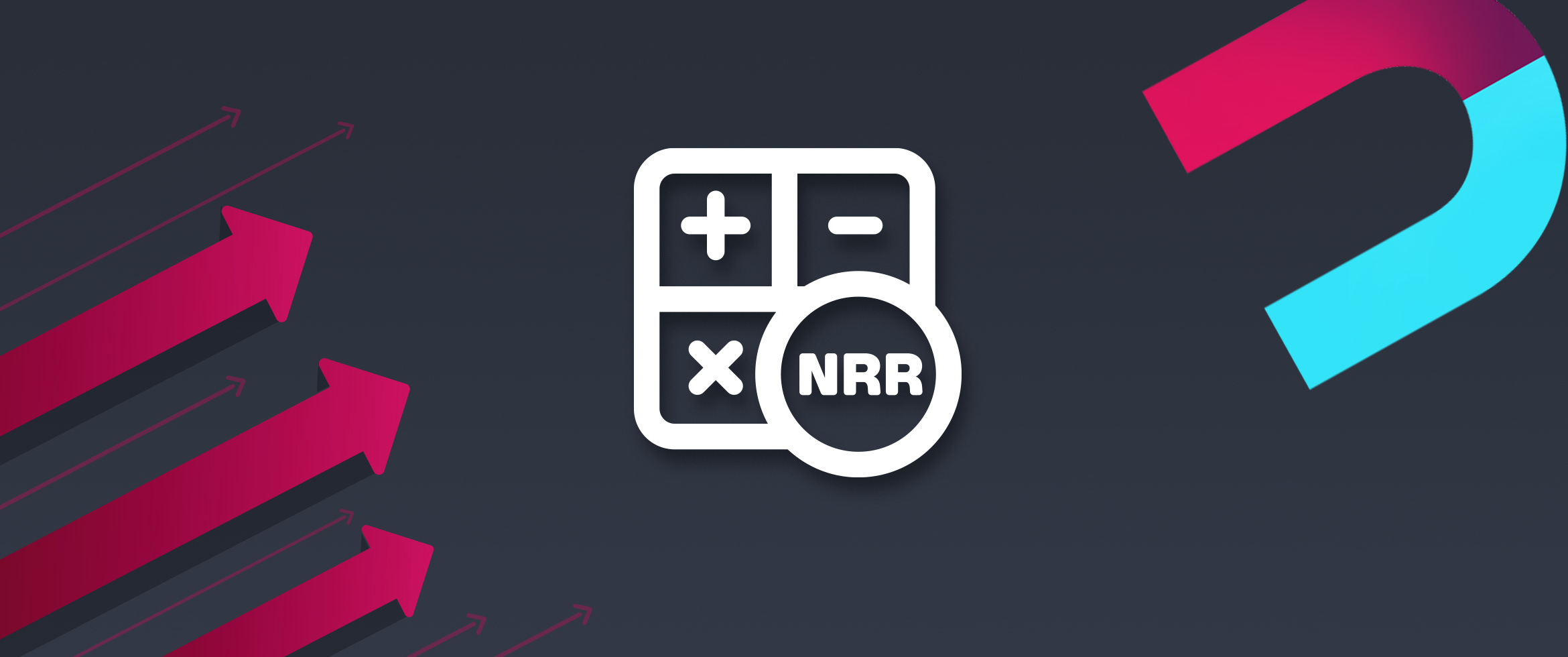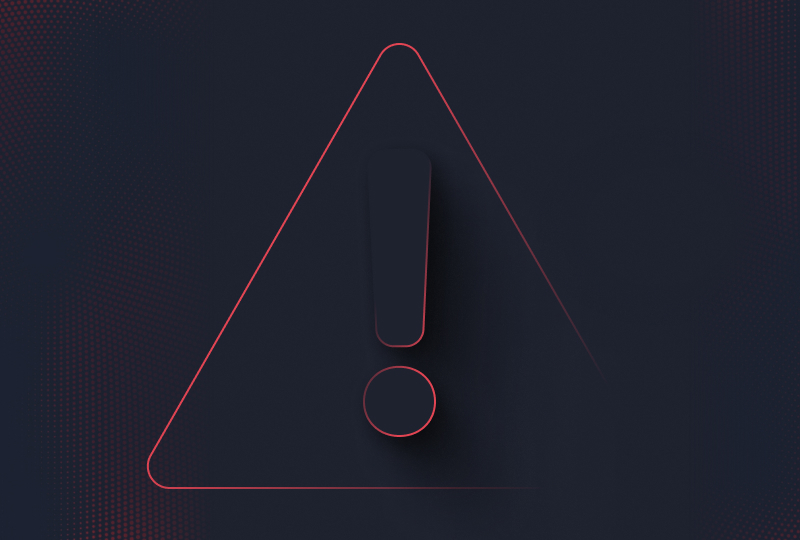2022-09-15

How do you calculate Net Revenue Retention

5 min read
Net revenue retention (NRR) is quickly becoming one of the most important metrics in the Software-as-a-Service (SaaS) industry, and it’s not hard to understand why. Calculating net dollar retention (another way to say NRR in countries that use the dollar) gives a fuller picture on the overall health of a SaaS company that relies on ongoing memberships from existing customers. Let’s jump right in and answer the question “How is NRR calculated in business?”
How Do You Calculate Net Revenue Retention for SaaS Companies?
The basic formula is:
NRR = (Beginning Recurring Revenue + Upsells - Downgrades - Churn) / (Beginning Recurring Revenue)
To break this down and make it easier to understand, let’s look at each of the four components you need to calculate this on their own.
-
Beginning Recurring Revenue - You can use monthly recurring revenue (MRR) or annual recurring revenue (ARR) depending on what period of time you would like to calculate NRR for.
-
Upsells - Additional money coming in from existing clients that have upgraded their subscriptions to a higher level or added additional products your company offers.
-
Downgrades - Decrease in money coming in from existing clients because they have downgraded their subscriptions to a lower tier or canceled some part of their services from you.
-
Churn - Customers who left entirely.
What Is a Net Revenue Retention Calculation Example?
Using the formula above, let’s go through an example of how this might be applied to a real-world company. Here’s a hypothetical example so we can calculate monthly net revenue retention.
Break Room Munchies is a SaaS company that provides businesses with a way to conveniently compare prices between suppliers and bulk order refills for their company snacks in the break room.
-
Monthly recurring revenue from previous month = $40,000
-
Upsells during this month = $4,000
-
Downgrades during this month = $2,000
-
Churn = $500
With our formula NRR = (MRR + Upsells - Downgrades - Churn) / (MRR)
Break Room Munchies’ monthly NRR = ($40,000 + $4,000 - $2,000 - $500) / ($40,000) = 1.0375
Generally NRR is expressed as a percentage, so multiply 1.0375 by 100 and this means that Break Room Munchies has a NRR rate of 103.75%, showing that the business is growing even without adding new clients. Anything over 100% is called net negative churn and is a very good thing for any SaaS company to aspire to.
How Is Annual NRR Calculated?
You can calculate annual NRR with the exact same formula we used to calculate monthly NRR. If we look at our hypothetical Break Room Munchies company again, let’s assume these are their annual numbers:
-
Annual recurring revenue from previous year = $480,000
-
Upsells during this year = $48,000
-
Downgrades during this month = $24,000
-
Churn = $6000
With our formula NRR = (ARR + Upsells - Downgrades - Churn) / (ARR)
Break Room Munchies’ annual NRR = ($480,000 + $48,000 - $24,000 - $6000) / ($480,000) = 1.0375
You can see that the annual NRR is identical to the MRR assuming each month of the year is the same for a company. This makes it easy to compare the annual NRR for your company from a previous year with the monthly NRR without needing to wait until the end of a full year. This NRR formula works for any time period you’d like to compare—simply use the recurring revenue from whatever time period desired.
What Are Some Net Revenue Retention Benchmarks for a B2B SaaS Company?
According to a 2022 report on benchmarks for B2B SaaS companies, NRR ranges from 60% to 150% within established companies, with a median NRR of 100%. This report further breaks down SaaS companies by average contract value (ACV), which can provide even more helpful information.
-
ACV $12,000 and under - Median NRR is 101%
-
ACV $12,000 to $25,000 - Median NRR is 100%
-
ACV $25,000 to $50,000 - Median NRR is 105%
-
ACV $50,000 to $100,000 - Median NRR is 106%
-
ACV $100,000 to $250,000 - Median NRR is 106%
-
ACV $250,000 and above - Median NRR is 105%
Because companies with similarly-sized average contract values tend to be similar in other ways, it can be most useful to compare your company’s NRR to other companies with a similar ACV to know how well you are performing compared to your competition.
What Is the Difference Between Gross and Net Revenue Retention?
Another thing that commonly comes up when talking about NRR calculation is gross vs net revenue retention. Gross Revenue Retention (GRR) does not take into consideration upgrades or downgrades, and only looks at total revenue and churn.
So in our previous example of the theoretical Break Room Munchies company, let’s assume the monthly subscription fee is $50, they have 800 customers, and 10 of them cancel this month.
GRR = (Total Revenue - Churn) / Total Revenue Break Room Munchies GRR = ($40,000 - $500) / $40,000 = 0.98
This means their GRR is 98%, which is very high and indicates a very healthy company. The median Saas company GRR is 90%, which is actually higher than in many other industries.
Planhat: Power Your Version of Success
The better you understand your company with metrics like NRR, the better you can see how to serve your customers. At Planhat, we are redefining how you can grow and collaborate with your customers to create your ultimate customer-driven business. See more about what we offer or contact us for a demo today!
Join our newsletter!
Receive the latest news, updates, and invitations to our events.
Being data-driven, are we there yet?
Being data-driven should be standard nowadays, but many organizations still struggle with it. Every company wants to be data-driven, but putting it into practice is the tough part.
How to transition from a cost center to a profit center in CS
Many in CS shy away from the commercial aspects of the business, but it's a missed opportunity to keep the conversation moving around maximizing and driving value for customers.
It's worth the risk: Identifying and managing risk in CS
When faced with risk in CS, it’s hard to know what the first step should be. We've developed an actionable plan based on experience from three CS experts.
Learn more about
Planhat
Drop your email and let us show you our platform!











